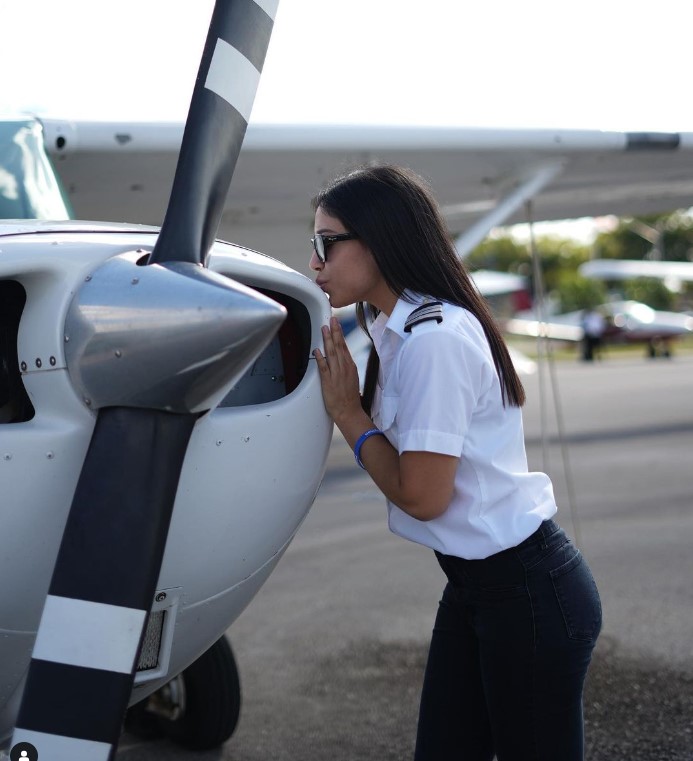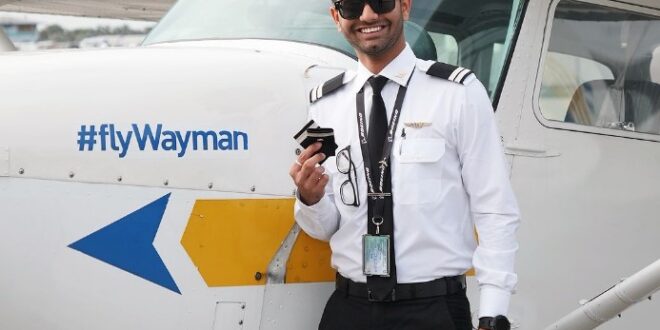Going on the journey to earn a private pilot license (PPL) is an exhilarating venture, promising the freedom to soar the skies.
This comprehensive guide outlines the essential steps to turn your dreams of flight into reality.
1. Research and Choose a Flight School

The first step towards obtaining your PPL is selecting the right flight school. The school’s reputation, success rates, and alumni feedback are crucial factors in this decision. Investigate various flight schools by exploring Google Maps reviews and their social media presence on platforms like Facebook and Instagram.
If all of these aspects are important to you then Wayman Aviation might be the right fit for you!
These resources can provide invaluable insights into the experiences of former students, helping you make an informed choice. Look for a school that not only fits your learning style but also has a supportive and knowledgeable faculty.
2. Obtain a Medical Certificate
Before you can take to the skies, you need a medical certificate from an FAA-authorized aviation medical examiner (AME). This certificate ensures that you meet the health and fitness standards required to safely operate an aircraft.
The process involves a physical examination that assesses your vision, hearing, and overall physical health. Start this step early in your journey, as any medical issues that arise can impact your timeline for earning your PPL.

3. Ground School
Ground school is where you’ll learn the theoretical aspects of flying. Topics covered include aerodynamics, weather, navigation, and FAA regulations. This knowledge is crucial, not only for passing your FAA written exam but for becoming a competent and safe pilot.
Many flight schools offer ground school classes, and there are also online options available. The key is to find a program that suits your learning preferences and schedule.
4. Flight Training
Flight training combines practical in-aircraft instruction with an experienced instructor and solo flights. The FAA requires a minimum of 40 flight hours, although many students need more time to meet all the requirements.
Training consistency is vital; frequent flights enhance skill retention and confidence. Your instructor will guide you through various maneuvers and flying conditions, preparing you for the next steps in your pilot journey.
5. Pass the FAA Written Exam
The FAA written exam tests your knowledge of flying principles, navigation, regulations, and safety procedures.
Preparing for this test involves reviewing courses, study materials, and practice exams. Many pilots recommend starting your exam preparations early in your training to integrate theoretical knowledge with practical flying skills.
View this post on Instagram
6. Complete Required Flight Hours
To qualify for the PPL, you must complete a minimum of 40 flight hours, which includes specific requirements for solo flights, cross-country flights, and night flying.
This phase of your training sharpens your flying skills under various conditions and distances, ensuring you’re well-prepared for independent flying.
7. Pass the Check-Ride
The final step is the check-ride, a comprehensive practical test with an FAA examiner. It consists of an oral exam, where you’ll demonstrate your knowledge of flying regulations and safety procedures, followed by a flight test to assess your flying skills. Successfully passing the check-ride earns you the coveted private pilot license.
Final Words
Earning a PPL opens up a world of freedom and adventure, allowing you to explore the skies at your leisure. With dedication, study, and practice, you’ll navigate through these steps successfully, embarking on a lifetime of flying adventures.
 Hi Boox Popular Magazine 2024
Hi Boox Popular Magazine 2024



